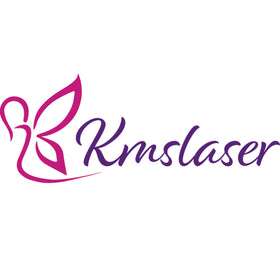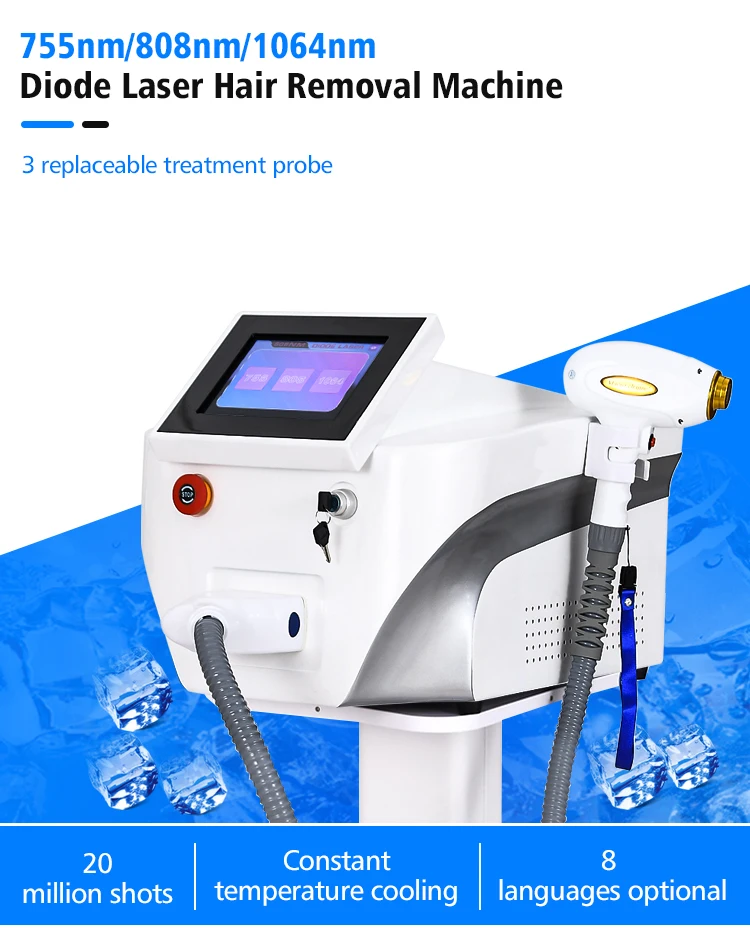In the vivid tapestry of human self-expression, tattoos stand as bold, indelible marks on the canvas of our skin. But what about when the statements we've etched on our bodies no longer serve us? Enter laser tattoo removal—a technology that promises a blank canvas but often comes with a side of uncertainty. Among the top queries that tattoo enthusiasts, beauty aficionados, and those seeking dermatological guidance ask is, "Does laser tattoo removal scar?" This thorough yet approachable guide is here to unravel this question, dissecting the process and its potential impacts on the skin.
Understanding Laser Tattoo Removal
The Art of Erasure
Laser tattoo removal has surged in popularity as an innovative way to undo past ink mistakes or modify our changing narratives. The procedure involves using high-intensity light beams to break down the tattoo ink particles, gradually fading the tattoo over multiple sessions. This method is regarded for its precision, targeting the pigment of the tattoo without harming the surrounding skin.
Factors at Play
The efficacy of laser tattoo removal is influenced by several factors, including the colors used, the depth of the ink, the patient's skin type, and the expertise of the technician. The shorter the wavelength of the laser, the more easily it is absorbed by the ink, allowing for better targeting and results. In contrast, longer wavelengths are preferred for use on darker skin tones to reduce the risk of discoloration or lightening.
Exploring the Potential for Scarring
Likelihood of Scarring
The potential for scarring during laser tattoo removal is a concern for those looking to undergo the process. The good news is that with modern techniques and proper care, scarring is rare. The most common types of scars that may occur are hypertrophic scars, which are raised and can be itchy or painful, and pitted scars, which are indentations in the skin resembling a pore.
Scars from Laser Tattoo Removal
Scarring is more common in amateur tattoos or those with high densities of ink. The skin's reaction to laser treatments can sometimes lead to the formation of keloids, which are raised scars that grow beyond the boundaries of the original area of skin trauma. It's essential to discuss any history of scarring tendencies with your technician prior to starting the removal process.
Minimizing Scarring Risks
Pre-Treatment Preparation
Before the first laser session, technicians will often perform a skin test to determine how the individual's skin will react to the treatment. They may also recommend skin conditioning to optimize the skin's health and minimize the chances of scarring. This could involve moisturizing the skin, staying well-hydrated, and avoiding irritants that could inflame the skin.
During Treatment
During the laser tattoo removal process, technicians will typically utilize a cooling device to help minimize discomfort and reduce the likelihood of damage to surrounding tissue. Additionally, they will frequently pause between each laser pulse to allow for proper healing and minimize overall skin trauma.
Post-Treatment Care
After each session, proper aftercare is crucial. This typically involves keeping the treated area clean, applying suggested ointments or creams, and avoiding sun exposure. Treated skin is more sensitive and thus more susceptible to scarring, so following these instructions diligently can make a significant difference in the healing process.
Real-Life Experiences and Testimonials
Personal Accounts
Stories from individuals who have undergone laser tattoo removal can provide valuable insights into what to expect. By sharing their experiences, people can offer realistic perspectives of the process and its potential outcomes, including the risk of scarring. Many share their journeys on social media, complete with before and after visuals that show the impact of the laser treatment.
Visual Evidence
Before and after comparisons give tangible context to the scar-related question. They offer a clear demonstration of the level of scarring and help manage the expectations of prospective patients. Each person's healing process is unique, but visual evidence from a variety of individuals can help others predict potential outcomes and prepare accordingly. Furthermore, many clinics and specialists may have a collection of before and after photos to share with their clients.
Professional Opinions
Asking for professional opinions is always an option. A qualified dermatologist can examine the tattoo in question, assess the individual's skin type and condition, and provide insight into potential scarring risks. They can also offer personalized recommendations for pre-treatment and aftercare to minimize the risk of scarring. Additionally, they may be able to refer individuals to experienced laser tattoo removal specialists who have a proven track record of successful treatments with minimal scarring.
Expert Insights and Recommendations
Professional Advisory
Insights from dermatologists and experienced technicians are critical in understanding the potential for scarring in laser tattoo removal. These professionals can assess the tattoo, provide realistic expectations, and recommend a course of action that balances effective removal with minimal scarring. They can also present alternative treatments if the risk of scarring is too high.
Best Practices
Skincare professionals stress the importance of maintaining skin health throughout the removal process. This means not only following pre and post-treatment protocols but also refraining from smoking, eating a balanced diet, and taking multivitamins. Techniques to minimize discomfort, such as skin cooling or topical numbing creams, can also decrease the skin's adverse reaction to the laser.
Conclusion
Laser tattoo removal, when administered with care, is a generally safe and effective way to remove unwanted tattoos. While the risk of scarring is present, the use of advanced technology and techniques, combined with diligent aftercare, can significantly reduce its likelihood. As a reader, if you or someone you know is considering tattoo removal, it's imperative to perform research, consult professionals, and undergo treatments thoughtfully. Given the permanence of its outcomes, laser tattoo removal requires the same level of precision and consideration as the tattooing process itself. By navigating the waters of this complex question, we hope to guide you through an informed and confident decision-making process.





